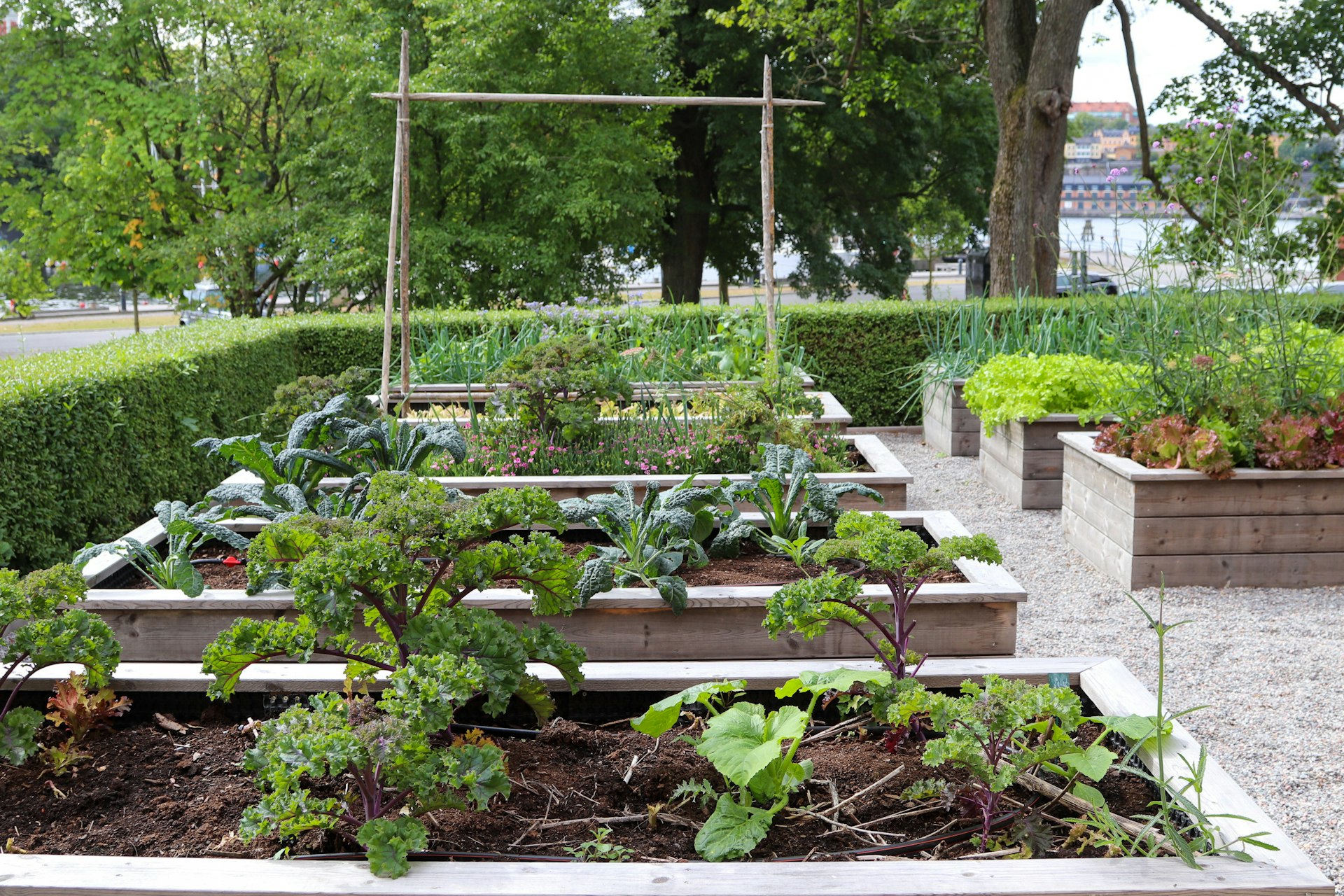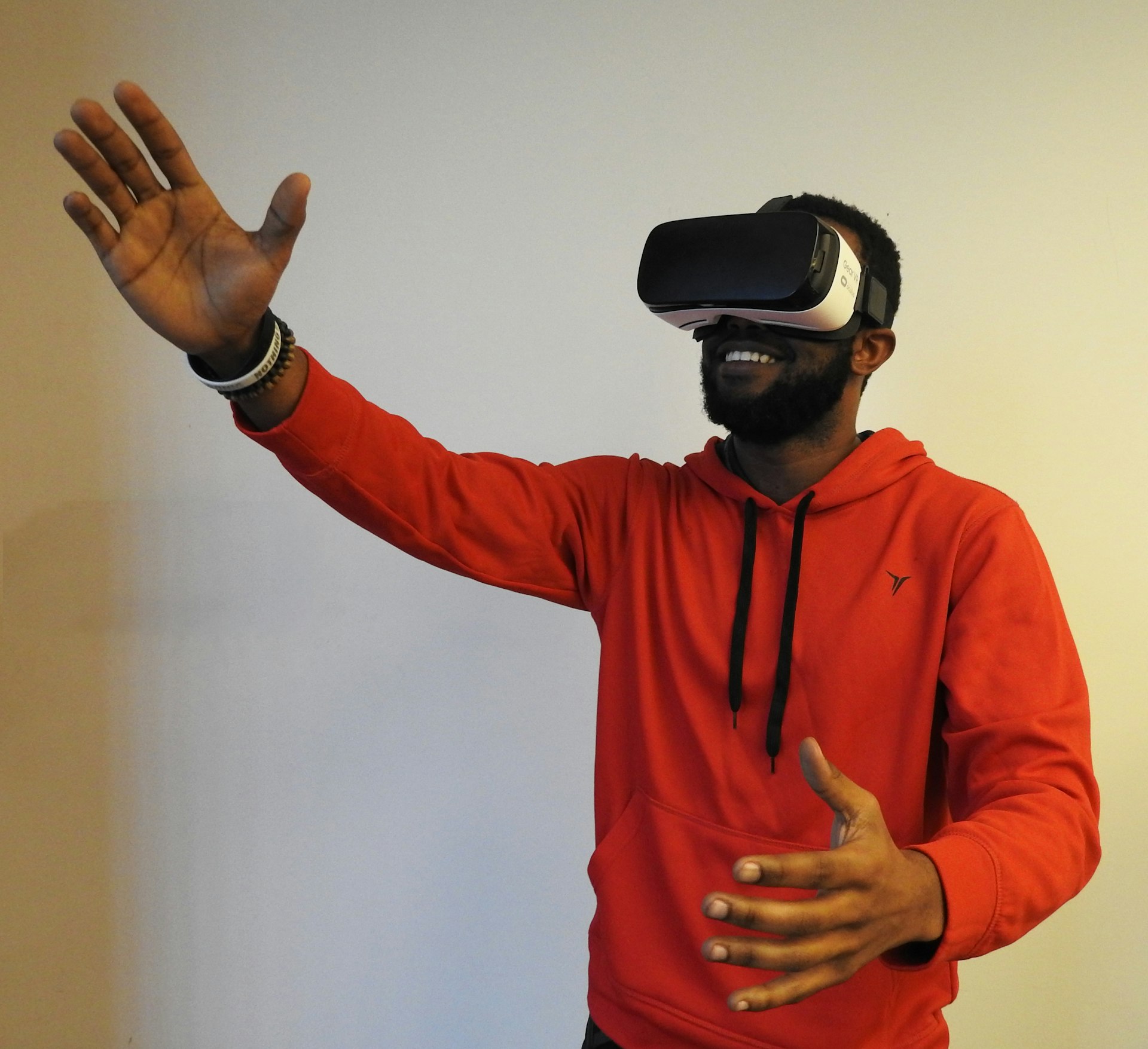Effective Cycling Workouts for Low-Impact Cardio: Your Path to Joint-Friendly Fitness

Photo by Markus Spiske on Unsplash
Introduction: Why Choose Cycling for Low-Impact Cardio?
Cycling stands out as one of the most effective and accessible forms of low-impact cardio exercise. It offers significant cardiovascular benefits while reducing stress on the joints, making it suitable for a wide range of individuals, including beginners, those recovering from injury, and anyone seeking a gentler alternative to high-impact activities like running. [2] This article provides practical guidance, real-world examples, and step-by-step instructions for integrating cycling workouts into your routine, with a focus on safe, sustainable, and results-driven approaches.
The Science Behind Low-Impact Cardio
Low-impact cardio exercises are designed to elevate your heart rate without subjecting your body to the repetitive pounding associated with running or jumping. Cycling is particularly beneficial because:
- It minimizes stress on the knees, hips, and ankles.
- Supports cardiovascular health and endurance.
- Strengthens leg, hip, and glute muscles. [4]
- Can be performed outdoors or indoors, making it adaptable year-round.
For individuals with joint pain, older adults, or those in rehabilitation, cycling provides a way to maintain fitness and muscle tone without aggravating injuries. [2]
Types of Cycling Workouts for Low-Impact Cardio
There are several approaches to cycling for low-impact cardio, each with unique benefits and practical applications. Here’s how to implement them effectively:
1. Steady-State Cycling
This is the most straightforward approach and involves maintaining a moderate, consistent pace for a set period, typically between 30 and 60 minutes. It’s ideal for building endurance, burning calories, and keeping workouts gentle on the joints. [4]
How to Get Started:
- Warm up for 5-10 minutes at an easy pace.
- Cycle at a pace where conversation is possible, but you’re still working (about 60-70% of your maximum heart rate).
- Cool down for 5 minutes at a slower pace before stretching.
Example: Ride a stationary bike or cycle on a flat path for 40 minutes, focusing on smooth, controlled pedaling and upright posture. If you’re new to cycling, start with 20-30 minutes and gradually increase duration.
Alternative Approach: Use a recumbent bike for greater back support if you have lower back concerns. Most gyms and fitness centers offer these machines.
2. Interval Cycling (Low-Impact HIIT)
High-Intensity Interval Training (HIIT) is often associated with high-impact moves, but it can be adapted for cycling to deliver powerful results with minimal joint strain. Intervals involve alternating periods of higher effort with periods of recovery. [3]
How to Structure an Interval Workout:
- Warm up for 5-10 minutes with gentle cycling.
- Alternate 30 seconds of faster, more intense pedaling with 90 seconds of easy cycling. Repeat this cycle 8-10 times.
- Cool down for 5 minutes and stretch.
Example: After warming up, pedal quickly (but with controlled form) for 30 seconds, then recover at a slow pace for 90 seconds. Complete 8 rounds. Adjust interval lengths to match your current fitness, such as 10 seconds hard/50 seconds easy for beginners. [3]

Photo by Ting Tse Wang on Unsplash
Tips for Success: Focus on smooth, controlled motion rather than speed. Using a stationary bike allows you to adjust resistance easily and eliminates balance concerns.
3. Indoor vs. Outdoor Cycling: Choosing Your Environment
Cycling can be performed on road bikes, mountain bikes, or stationary bikes. Each environment offers distinct advantages:
- Indoor Cycling (Stationary Bike): Ideal for year-round workouts and precise control over resistance and duration. Most gyms offer stationary or recumbent bikes; you can also purchase one for home use. [4]
- Outdoor Cycling: Provides fresh air, changing scenery, and the mental health benefits of being outside. Choose flat bike paths or smooth roads for the lowest impact.
Implementation Guidance: To access gym-based cycling equipment, contact your local fitness center and inquire about available machines. For outdoor cycling, ensure your bike is properly fitted and maintained to reduce injury risk. Local bike shops can assist with adjustments and safety gear.
Practical Steps to Start a Low-Impact Cycling Routine
Developing a sustainable cycling routine involves preparation, consistency, and gradual progression. Here are detailed steps to get started:
- Assess Your Fitness Level: Speak with your healthcare provider if you have joint pain, recent injuries, or chronic conditions. They can offer recommendations tailored to your needs.
- Choose the Right Equipment: Select a bike that fits your body and comfort preferences. Stationary and recumbent bikes are widely available at gyms and sporting goods stores. For outdoors, visit a reputable local bike shop for a professional fitting and safety check.
- Create a Schedule: Plan 3-5 cycling sessions per week, each lasting 30-60 minutes. Include rest days or alternate with other low-impact activities like swimming or walking. [4]
- Warm Up and Cool Down: Start every ride with 5-10 minutes of gentle cycling to prepare your muscles. Finish with a slow pace and gentle stretching to aid recovery. [3]
- Track Your Progress: Use a fitness app, smartwatch, or journal to monitor your duration, distance, and perceived exertion over time. Set achievable goals and celebrate milestones.
Overcoming Common Challenges in Low-Impact Cycling
While cycling is accessible to most, you may encounter challenges such as discomfort, motivation lapses, or adverse weather. Here are solutions and alternatives:
- Saddle Discomfort: Adjust your seat height and angle, or consider a gel cover. Bike shops can help optimize your setup.
- Lack of Motivation: Try group classes, virtual cycling apps, or set new route goals to keep workouts engaging.
- Weather Limitations: Use a stationary bike or an indoor trainer for your regular bike during inclement weather.
- Joint Pain: Lower the resistance and duration, and always listen to your body. Consult a physical therapist if pain persists. [2]
Alternative Approaches: If cycling is occasionally uncomfortable, consider swimming or elliptical workouts, both of which are also effective low-impact cardio options. [2]
Maximizing Benefits: Combining Cycling with Other Low-Impact Cardio
To maximize your cardiovascular fitness and reduce the risk of overuse injuries, consider alternating cycling with other low-impact activities:
- Swimming: Offers a full-body, zero-impact workout ideal for recovery days. [5]
- Walking: A simple, accessible way to add variety and maintain daily activity.
- Rowing: Engages both upper and lower body while remaining joint-friendly.
For cross-training, most local gyms provide access to all these machines. If you are new to any type of exercise, ask gym staff for an equipment orientation or consider booking a session with a certified personal trainer.
How to Access Cycling Resources and Support
Many fitness centers, community centers, and YMCAs offer cycling classes, stationary bikes, and recumbent bikes. To find cycling opportunities near you:
- Search online for local gyms and fitness centers in your area. Use terms like “indoor cycling classes” or “stationary bike workouts” plus your city name.
- Contact community recreation centers to ask about available equipment or group rides.
- Visit local bike shops for information on beginner-friendly group rides and cycling safety workshops.
- For outdoor cycling, explore local parks and bike paths-municipal parks departments often provide maps and safety guidelines.
If you’re interested in tracking your progress or following structured cycling plans, consider reputable fitness apps (such as Strava, Zwift, or MyFitnessPal) that offer cycling-specific programs. Always verify the credibility and security of any app before downloading.
Key Takeaways and Next Steps
Cycling is a practical, low-impact way to improve your cardiovascular fitness, support joint health, and enjoy regular physical activity. With a variety of workout styles and environments to choose from, you can tailor your routine to your needs and preferences. To get started, assess your fitness level, choose the right equipment, plan your workouts, and seek local resources for support. Always listen to your body and adjust intensity as needed. For more information or personalized guidance, consult a certified fitness professional or your healthcare provider.
References
MORE FROM cheerdeal.com













